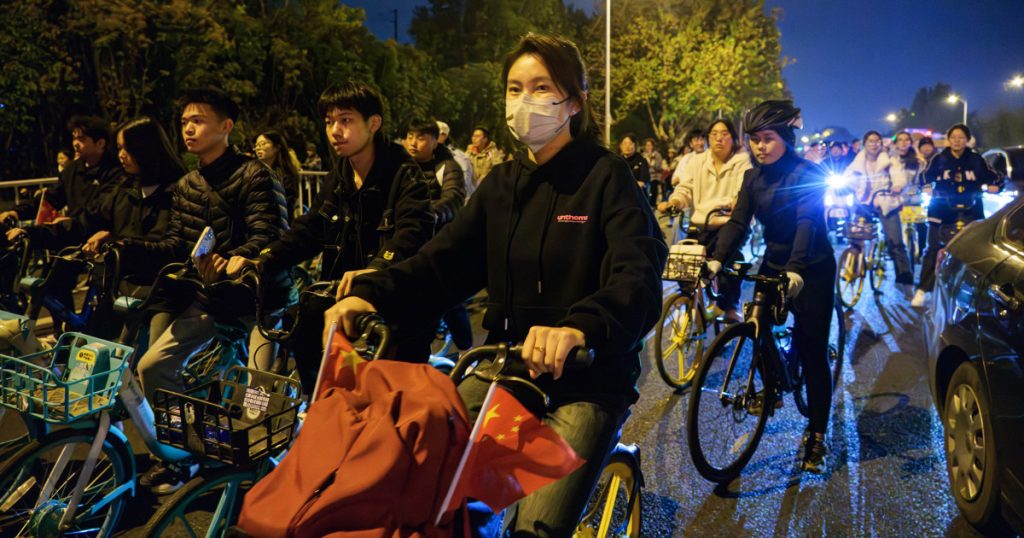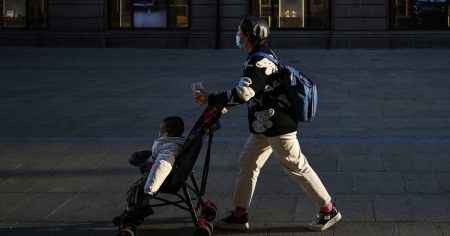Ji Pengbo, a 19-year-old freshman studying architectural engineering technology in Zhengzhou, decided to join a night ride after class with two friends after seeing the trend on Douyin, the Chinese version of TikTok. The slogan for the event, “Youth is priceless,” inspired Ji to participate in the excitement of the event. Along the way, Ji encountered other university students, police officers maintaining order, and people providing water for free. Despite some falls, Ji felt exhilarated by the speed and energy of the ride to Kaifeng in the cool evening breeze.
However, the excitement of the night ride may have been short-lived as police in Henan imposed traffic limits on Saturday afternoon. Nonmotorized lanes on the major avenue connecting the two cities were closed until noon on Sunday due to safety concerns. Additionally, the three largest bike-sharing platforms in China urged users not to ride the vehicles in Zhengzhou beyond its operating areas, including Kaifeng. This response from authorities indicates a concern for both the safety of participants and the potential for traffic disruptions caused by the night ride.
The event, while initially seen as a spontaneous and exciting activity, ultimately faced pushback from law enforcement and bike-sharing platforms due to safety concerns. This raises questions about the balance between personal freedoms and public safety in the context of large-scale gatherings and activities. While the night ride may have offered a sense of adventure and camaraderie for participants like Ji Pengbo, it also highlighted the need for careful planning and coordination to ensure the well-being of everyone involved.
The experience of Ji and his friends on the night ride in Zhengzhou showcases the allure of participating in social media-driven trends and events, as well as the potential consequences of such activities. The sense of community and shared excitement that Ji described during the ride reflects the appeal of being part of a larger movement or phenomenon. However, the subsequent response from authorities underscores the importance of considering the impact of these activities on public safety and infrastructure.
As Ji Pengbo and other participants discovered, the line between spontaneous fun and potential risks can be blurred when engaging in large-scale gatherings or activities. While the night ride may have offered a temporary escape and sense of exhilaration for those involved, it also revealed the challenges of organizing and managing such events in a responsible manner. Moving forward, events like these may benefit from clearer guidelines and communication to ensure the well-being of participants and minimize disruptions to the community.
In conclusion, Ji Pengbo’s experience with the night ride in Zhengzhou highlights the complex dynamics at play when social media trends intersect with real-world activities. The initial enthusiasm and energy of participating in the event gave way to concerns about safety and public order as authorities intervened to limit the impact of the ride. This case serves as a reminder of the importance of balance and responsibility when engaging in spontaneous gatherings and activities, as well as the need for thoughtful planning and coordination to ensure the well-being of all involved.













